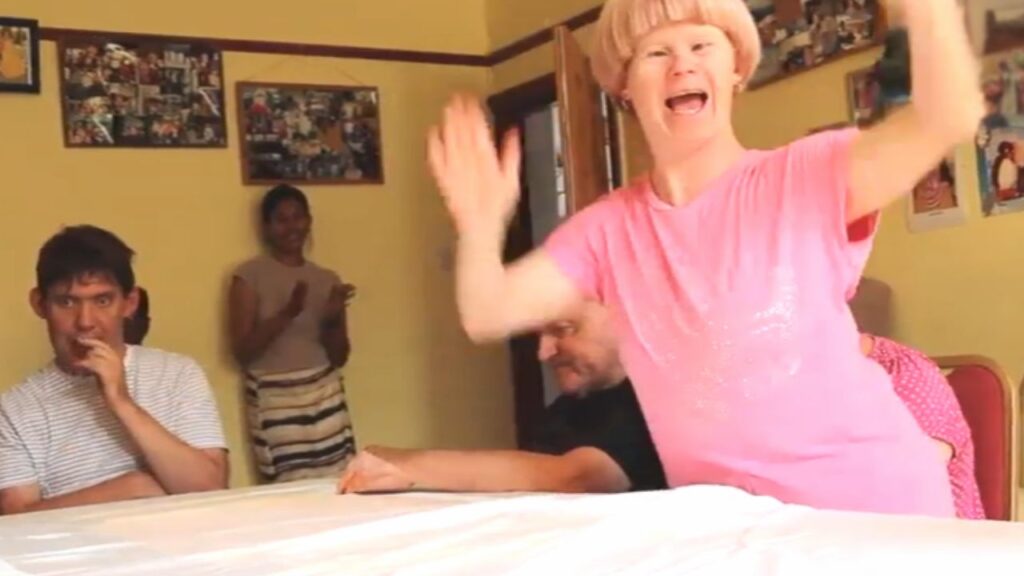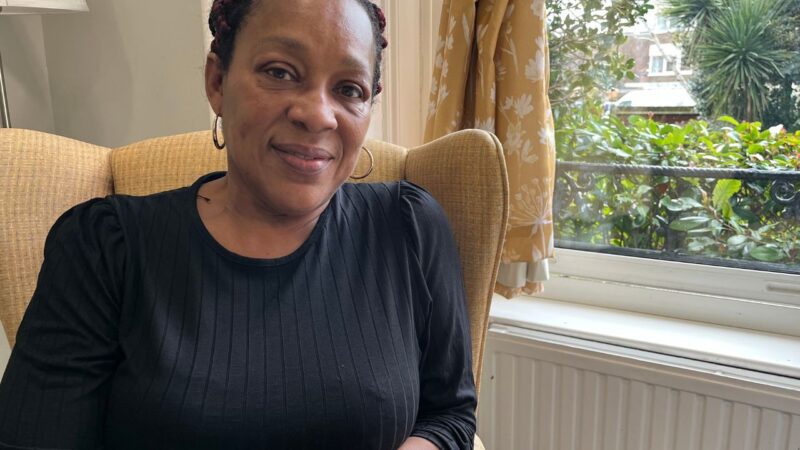“It was without doubt the quickest and smoothest trip to hospital via 999 in 34 years of doing this,” explains Roger Smith, manager of Haydon Park Lodge care home in Merton. “I knew London Ambulance Service had read the Universal Care Plan. They knew which name my client prefers to use, they were up to date with his medical issues, and all the usual paperwork, including about next of kin, was already done. I could focus on keeping my client calm in the ambulance.”
Think of organisations at the cutting edge of digital innovation, and care homes might not automatically spring to mind. But projects across south west London are bringing the digital and AI-powered solutions that boost efficiency, improve resident care and keep people out of hospital.
It was without doubt the quickest and smoothest trip to hospital via 999 in 34 years of doing this.”
They include a move from paper to digital records, linking local homes to the Universal Care Plan. This secure electronic system ensures that people’s medical records, key information and preferences can be safely shared with health professionals involved in their care.
Currently 88% of south west London care homes have digital social care records in place and 45% of homes are live with the Universal Care Plan.
The plan offers GPs, hospitals and paramedics quick access to records which can be lifesaving. It also helps prevent unnecessary hospital admissions and speeds up discharges, contributing to a 9% reduction in the number of residents taken to hospital by ambulance, among the care homes using the system.
According to Minh Ha manager of Beulah Lodge in Croydon: “Using the Universal Care Plan while one of our residents was in hospital – and being able to see live information prior to waiting for results from a doctor – was helpful in speeding up the discharge process.”
The plan is particularly crucial as people reach the end of their lives as it is a chance to record their wishes about how and where they would like to be cared for. It is also about improving the experience for residents – by incorporating personal details about what people like to be called and what they like to eat, for example.
For Andrea Howell-Jones, who manages Alexander House care home in Merton (main image), the plan has been a “saviour”. She said: “It’s access to that important background knowledge on the people we care for. There’s medical history, personal information, details about allergies, the family’s wishes. It’s easy to find everything because it’s all under one roof and in the case of an emergency, we just need to tell the paramedics we’re on the Universal Care Plan.”
What other technology has been trialled in local care homes?
“Going digital has significantly improved our daily operations, enhanced residents’ care and brought about numerous benefits,” says Smithmon Sasi, manager of Devonshire Dementia Care Home, in Kingston. “Tasks that used to take hours are now completed in minutes. This has freed up staff time to focus more on providing quality care.”
For the past five years, NHS South West London’s digital implementation team has supported care homes to adopt new technology, establishing relationships and becoming a trusted source of information about a fast-moving sector.
Going digital has significantly improved our daily operations, enhanced residents’ care and brought about numerous benefits.”
By spending one-to-one time with care home managers, the team helps identify which projects will benefit their residents most, with packages tailored to individual needs.
The approach has also brought benefits for care home staff and improved communications between homes and healthcare providers.
Andrea Howell-Jones welcomed the team’s approach: “We’ve built a good relationship and I couldn’t ask for more support – anymore and I’d be asking them to do my job! Our staff are learning new things and if they have questions, they know they can ask.”
More examples of how technology is benefiting residents include:
Magic Table
The Magic Table – or Happiness Programme – developed by the organisation Social Ability is a digital entertainment system that projects games, puzzles, lightshows and images onto a tabletop, which has been trialled in some boroughs. Care home residents can get together around the table to play games – with staff and family members joining in.

Studies in homes in Kingston and Richmond saw increased engagement among residents. According to Smithmon Sasi: “It has taken activities to the next level and we have seen a change in social stimulation. It also helped with some of the residents’ anxiety. Families play along and it made their visits more enjoyable.”
Similarly, Reminiscence, Rehabilitation and Interactive Therapeutic Activities (RITA), uses screens that blend entertainment with therapy, music, film, historical news reports, games and even karaoke to stimulate reminiscence.
Remote Monitoring
Remote Monitoring enables care homes to check residents’ vital signs digitally. The equipment includes a computer tablet plus devices that capture, as a minimum, blood pressure, pulse, oxygen levels and temperature. The portal automatically calculates a score using the National Early Warning Score (NEWS2) system and alerts care home staff so they can escalate the patient’s care if needed. These devices also send results via Bluetooth to a dashboard accessible by health and care staff.
Sarah Stacey, manager of Crossways nursing home in Sutton described a case where the system worked well. “A lady was admitted for rehab, but she didn’t seem well and her health was declining. Being able to use the equipment meant we could make a quick decision to call an ambulance and she was taken to hospital. We found out later the resident had sepsis, which could have been fatal had we delayed.”
The system is also helping prevent hospital admissions for people who don’t need to be there. Recent data from St Helier Hospital has shown a 12% reduction in emergency department admissions, with a 17% fall in non-elective admissions to Kingston Hospital, both among homes using the system.
PainChek®
PainChek® uses artificial intelligence to read a three-second facial scan, identifying the subtle expressions that indicate someone is in pain. It is a valuable tool for people who are unable to express their pain verbally.
PainChek is currently improving pain management in 20 care homes in south west London, and is especially useful for residents living with dementia. In 2024, over 8,000 PainChek assessments were completed for more than 500 residents, improving pain detection accuracy and speed.
“This technology has revolutionised the way we approach pain management,” said Smithmon Sasi. “The PainChek tool has helped us reduce giving painkillers unnecessarily and also allowed for early detection of pain. All our residents have early to very advanced stages of dementia. This helped us to identify pain in residents who are non-verbal and not able to express their needs.”
